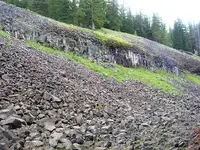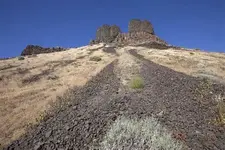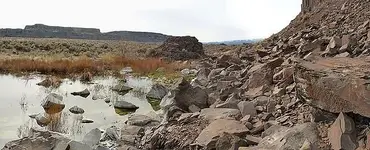mercinarie
Full Member
- Joined
- Nov 5, 2006
- Messages
- 236
- Reaction score
- 24
- Golden Thread
- 0
- Location
- Western Australia
- Detector(s) used
- XP Deus
- Primary Interest:
- Other
Hi all, I know next to nothing about processing gold-bearing dirt except what I have watched on "gold rush". I am in contact with someone in Mexico who used to be a geologist and advisor for mining companies there and knows of a pile that someone is trying to sell. This pile is apparently around 500 tons and according to the 4 assays done so far, they came back as 80,88,29 and 5 grams per ton.
Now I will obviously do my own assays but as I know nothing about Mexico and processing I assume the easiest way to get this done is to truck it to a mill which I also assume will take a cut for processing.
So I want to ask if anyone has any advice or knowledge of how to go about this or knows of anything around Sonora that can help. I know there is a mill close by but I can't seem to contact them but can visit them in person when I am in country.
If there is a better place to ask let me know.
Any help will be appreciated.
Thanks
Now I will obviously do my own assays but as I know nothing about Mexico and processing I assume the easiest way to get this done is to truck it to a mill which I also assume will take a cut for processing.
So I want to ask if anyone has any advice or knowledge of how to go about this or knows of anything around Sonora that can help. I know there is a mill close by but I can't seem to contact them but can visit them in person when I am in country.
If there is a better place to ask let me know.
Any help will be appreciated.
Thanks
Amazon Forum Fav 👍
Upvote
0




 ) always a problem for the uninformed ! Buyer beware ! take someone ( Knowledgeable ) that knows how to place a value on raw material with you to assist you in making that decision BEFORE you plop that almighty dollar into someone's hand!
) always a problem for the uninformed ! Buyer beware ! take someone ( Knowledgeable ) that knows how to place a value on raw material with you to assist you in making that decision BEFORE you plop that almighty dollar into someone's hand!


